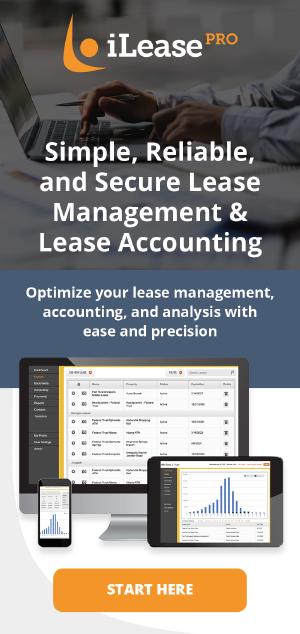How Private Companies Can Determine the Incremental Borrowing Rate (IBR) Under ASC 842
Working closely with private companies on ASC 842 compliance, we often get asked how to determine the Incremental Borrowing Rate (IBR)—especially when leasing real estate, equipment, or vehicles. The challenge is real: lease agreements rarely disclose the rate implicit in the lease, leaving the IBR as the default input for discounting lease liabilities.
Here’s a step-by-step approach you can use to confidently and consistently determine your IBR, tailored for private companies managing different lease asset classes.
Step 1: Understand What the IBR Really Is
“The rate of interest that a lessee would have to pay to borrow, on a collateralized basis, over a similar term, an amount equal to the lease payments, in a similar economic environment.”
Translation? It’s your company’s estimated secured borrowing rate for a loan with terms matching the lease.
Step 2: Decide Whether to Use the Risk-Free Rate (Optional for Private Companies)
Private companies can elect to use a risk-free rate like the U.S. Treasury rate. However, this often results in higher lease liabilities. For a more realistic picture of financial obligations, calculating your IBR is recommended.
Step 3: Categorize Your Leases
- Real Estate Leases: Long-term (5–15 years), generally higher collateral value.
- Equipment Leases: Medium-term (3–7 years), often specific to operations.
- Vehicle Leases: Short-term (1–5 years), may be bundled in fleet leasing agreements.
Step 4: Gather Internal Borrowing Data
Review your existing debt agreements, terms, security status, and credit spread. These will inform your estimated IBR.
Step 5: Identify a Risk-Free Base Rate
Use the U.S. Treasury yield curve or SOFR curve. Match lease term with the equivalent point on the curve to determine your base rate.
Step 6: Estimate the Credit Spread
- Use loan pricing tools or consult your lender.
- Refer to similar borrowers with known credit ratings.
- Involve your banker or valuation expert to refine the borrowing curve.
Step 7: Calculate the IBR by Asset Class
| Lease Type | Lease Term | Risk-Free Rate | Credit Spread | IBR |
|---|---|---|---|---|
| Real Estate | 10 years | 3.5% | 2.0% | 5.5% |
| Equipment | 5 years | 3.0% | 2.5% | 5.5% |
| Vehicles | 3 years | 2.8% | 3.0% | 5.8% |
Step 8: Document Your Methodology
Maintain detailed records of your assumptions, sources, and calculations. Update annually or when material changes occur.
Step 9: Apply Consistently Across the Portfolio
Apply the IBR to grouped leases by asset class and term. Avoid calculating separate rates for every lease unless materially different.
Pros and Cons: IBR vs. Risk-Free Rate
| Option | Pros | Cons |
|---|---|---|
| Incremental Borrowing Rate (IBR) |
|
|
| Risk-Free Rate |
|
|
When and How to Reassess or Change the IBR During a Lease Term
Per ASC 842, you may only change the IBR when a lease liability is remeasured. This happens when:
- Lease term changes (e.g., exercising or forgoing options)
- Lease payments are modified (e.g., rate or index change)
- Purchase or termination option likelihood changes
- Lease is modified but not accounted for as a separate lease
Steps to update the IBR during remeasurement:
- Determine the new lease term and revised payment stream.
- Recalculate the IBR as of the remeasurement date.
- Use current market conditions, credit profile, and risk-free base.
- Document the reason and method behind the new IBR.
- Update your lease liability and right-of-use (ROU) asset accordingly.
Note: You cannot revise the IBR due to market rate changes alone. A triggering lease event must occur.
Determining and applying the IBR correctly takes thoughtful analysis and clear documentation. While private companies can use the risk-free rate, developing a defensible IBR policy often results in more accurate and favorable financial reporting.
If you need help applying these steps or want to automate your ASC 842 compliance, consider a solution like iLeasePro, which offers IBR tracking, amortization schedules, and audit-ready reporting tools.



